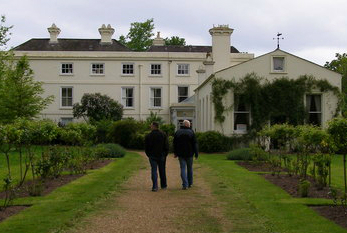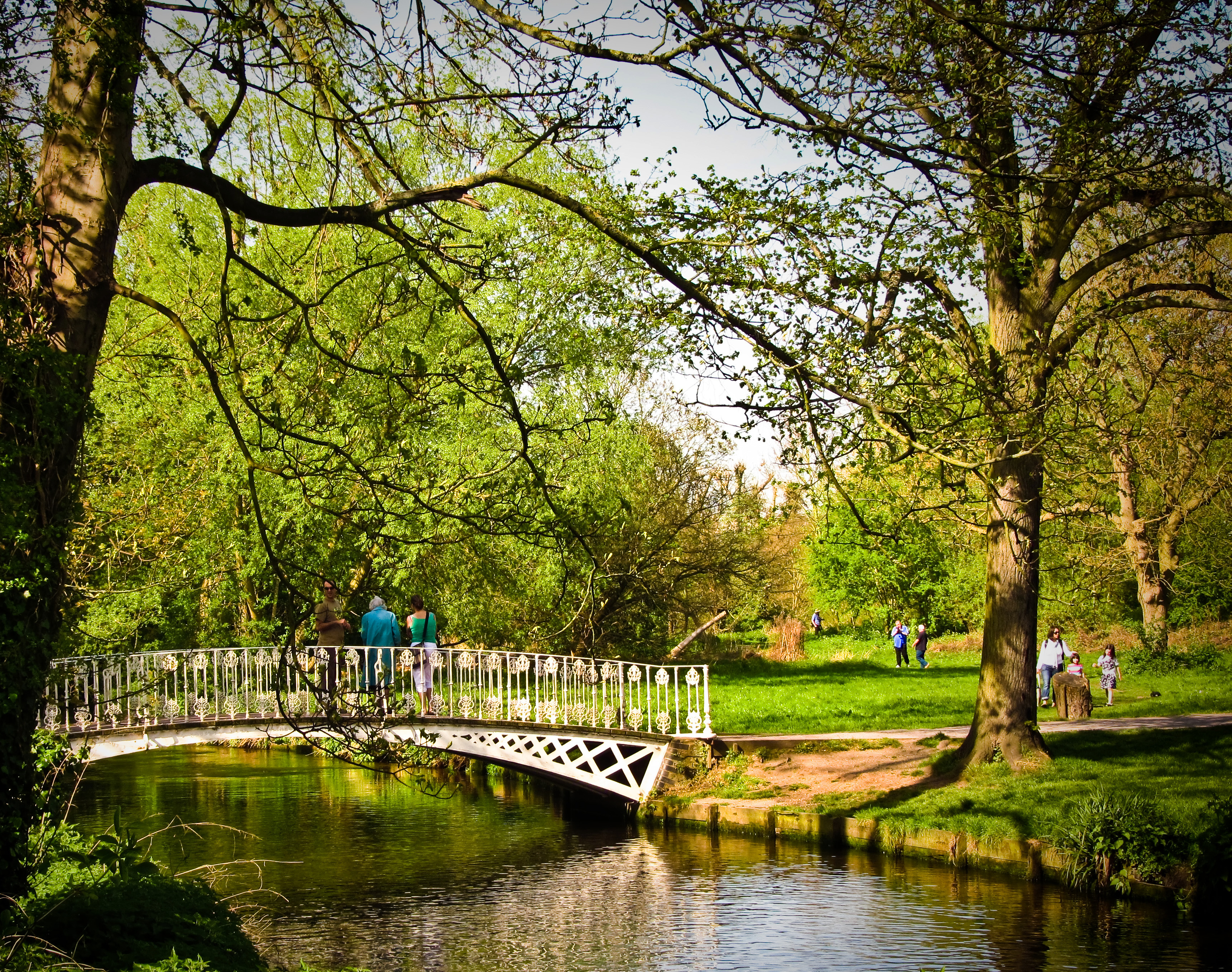|
Morden
Morden is a district and town in south London, England, within the London Borough of Merton, in the ceremonial county of Greater London. It adjoins Merton Park and Wimbledon to the north, Mitcham to the east, Sutton to the south and Worcester Park to the west, and is around south-southwest of Charing Cross. Prior to the creation of Greater London in 1965, for local government purposes, Morden was in the administrative and historic county of Surrey. At the 2011 Census, Morden had a population of 48,233, including the wards of Cannon Hill, Lower Morden, Merton Park, Ravensbury and St Helier. Morden Hall Park, a National Trust park on the banks of the River Wandle adjacent to the town centre, is a key feature of the area. Origin of name Morden's name may be derived from the Common Brittonic words ''Mawr'' (great or large) and ''Dun'' (fort), or possibly "The Town on the Moor". History Early history Human activity in Morden dates back to the Iron Age period when Celtic ... [...More Info...] [...Related Items...] OR: [Wikipedia] [Google] [Baidu] |
Morden Tube Station
Morden is a London Underground station in Morden in the London Borough of Merton. The station is the southern terminus for the Northern line and is ironically the most southerly station on the Underground network, despite being on the Northern Line. The next station towards north is . The station is located on London Road (A24), and is in Travelcard Zone 4. Nearby are Morden Hall Park and Morden Park. The station was one of the first modernist designs produced for the London Underground by Charles Holden. Its opening in 1926 contributed to the rapid development of new suburbs in what was then a rural part of Surrey with the population of the parish increasing nine-fold in the decade 1921–1931. History In the period following the end of First World War, the Underground Electric Railways Company of London (UERL) began reviving a series of prewar plans for line extensions and improvements that had been postponed during the hostilities. Finance for the works was made possible b ... [...More Info...] [...Related Items...] OR: [Wikipedia] [Google] [Baidu] |
Morden Hall Park
Morden Hall Park is a National Trust park on the banks of the Wandle in Morden, south London. Its several buildings and associated parking included, it is of predominantly parkland. Hinting at the former mill leats the river here splits into channels, generally, through it spanned by numerous footbridges. The estate contains Morden Hall itself, Morden Cottage, two well-preserved snuff watermills, a restored stableyard, a dog-friendly café, exhibition space and second-hand bookshop. A western part, separately accessed, hosts the National Trust's only Garden Centre. History The estate land was originally owned by Westminster Abbey. There is evidence of an earlier manor-house originally built by the Garth family where Morden Lodge now stands. The Hall dates back to the 1770s and contains a variety of natural landscapes, including the parkland of the "Deer Park", meadow and wetland. A number of historic buildings are located in the park, including the Hall itself and preserve ... [...More Info...] [...Related Items...] OR: [Wikipedia] [Google] [Baidu] |
Lower Morden
Lower Morden is an area within the district of Morden in south west corner of the London Borough of Merton, to the west of Morden Park and south of Raynes Park. History Until it was absorbed by the suburban expansion of the 1930s, the hamlet of Lower Morden was a small rural farming community within the parish of Morden approximately half a mile to the west of the main village situated at the top of the hill. Lower Morden had grown up around the village green and the Beverley and Pyl Brooks. In the 1870s, the main properties of Lower Morden were Morden Farm (close to the modern school of the same name and on the site of Hatfeild School), Peacock Farm (now covered by Cranmer Close and Cardinal Avenue) and Hobalds Farm. Close by was Morden Common. Today nothing of the original hamlet remains except perhaps a few ancient trees and old field boundary lines followed by the alignments of the roads that were to replace them. The first major development was the establishment in 1891 ... [...More Info...] [...Related Items...] OR: [Wikipedia] [Google] [Baidu] |
Morden Park
Morden Park is an area within the district of Morden in the London Borough of Merton, and includes the Park itself, an area of green space in an otherwise dense cluster of 1930s suburban housing. The present park and sports fields between Hillcross Avenue, London Road/Epsom Road and Lower Morden Lane are owned and managed by the London Borough of Merton parks department and cover land that previously formed the grounds of Morden Park House, a small 18th-century country estate (not to be confused with Morden Hall Park, the National Trust property close to Morden town centre). History The estate originally comprised enclosed parkland, a small Georgian country house built at the top of the hill in the 1770s for merchant and distiller John Ewart with attached landscaped gardens and a farm called Morden Park Farm. By the mid-1780s the estate was in the possession of the Polhill family. One member of the family, Edward Polhill, bequeathed £1,000 in 1826 to the parish church for the b ... [...More Info...] [...Related Items...] OR: [Wikipedia] [Google] [Baidu] |


